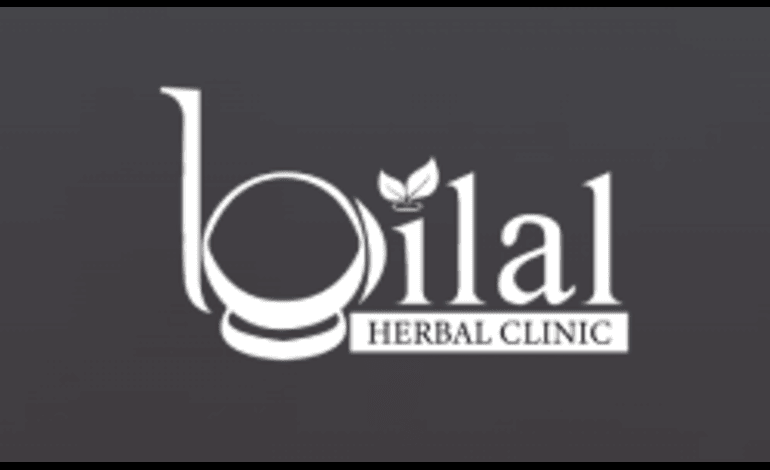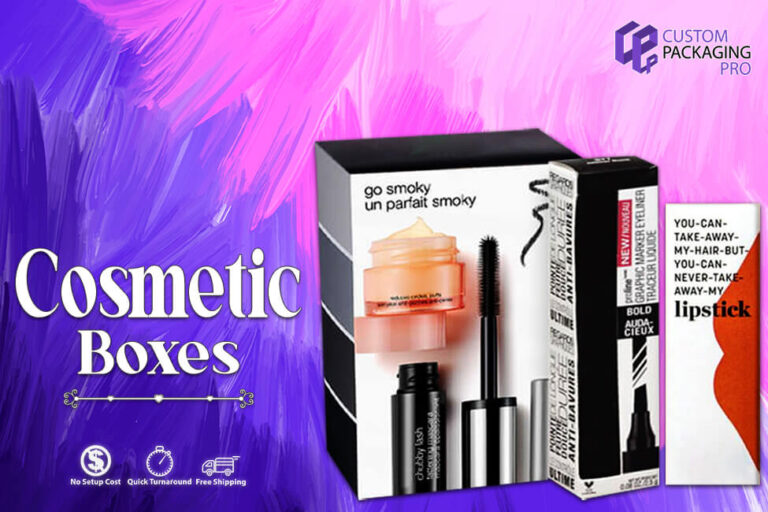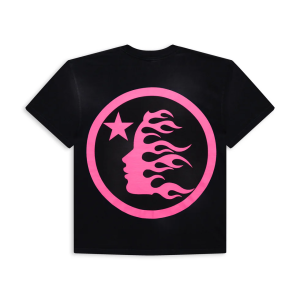A Detailed Guide to Hijama Therapy In Islam
Hijama, a therapeutic practice rooted in Islamic tradition, involves creating suction on the skin using special cups to promote blood flow and healing.

Hijama, a therapeutic practice rooted in Islamic tradition, involves creating suction on the skin using special cups to promote blood flow and healing. The Prophet Muhammad (peace be upon him) endorsed this practice, solidifying its significance in Islamic culture.
Types of Hijama:
- Dry Cupping (Hijama Sukriyyah):
- Heated cups are placed on the skin, creating suction.
- Dilates blood vessels, improving circulation and promoting healing.
- Used to relieve pain, reduce inflammation, and relax muscles.
- Wet Cupping (Hijama Maurada):
- Small incision is made on the skin before applying the cup.
- Draws out a small amount of blood, believed to remove toxins.
- Used to treat a wider range of conditions, including high blood pressure and skin problems.
- Flash Cupping:
- Rapidly applying and removing cups in succession.
- Stimulates blood flow and lymphatic drainage.
- Used for chronic pain and muscle tension.
- Herbal Cupping:
- Herbal oils or tinctures are placed inside the cups before application.
- Heat infuses herbs into the skin, providing additional therapeutic benefits.
- Used for skin conditions, respiratory problems, and arthritis.
Procedures and Considerations:
- Hijama is performed on specific points on the body.
- Practitioners use various cups, including glass, bamboo, or silicone.
- Consult a qualified practitioner before undergoing hijama.
- Maintain strict hygiene standards to prevent infection.
- Temporary bruising or redness may occur, but usually subside quickly.
Conclusion:
Hijama remains a valuable tool for addressing various health concerns. However, approach it with caution and seek guidance from qualified practitioners to ensure its safe and effective application.







